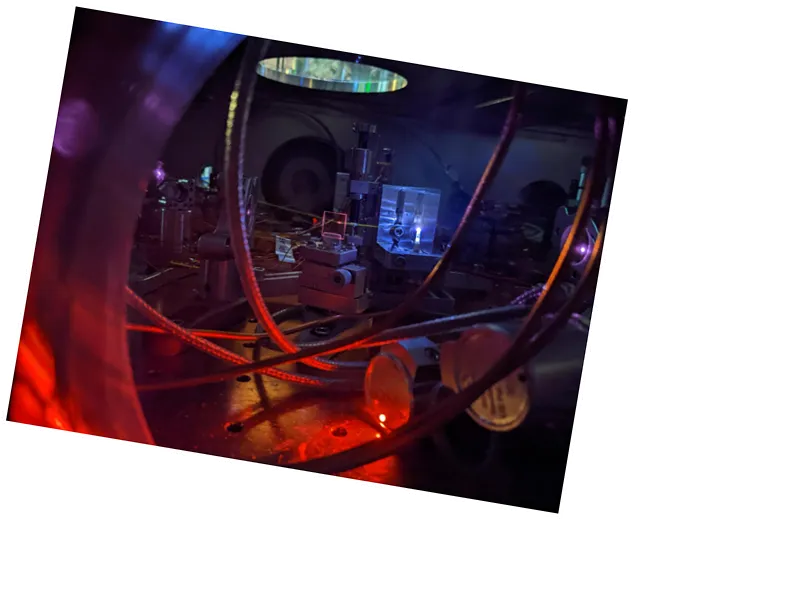Exploring the Boundaries of Physics: From Teleportation to Negative Temperatures
In the realm of modern physics, the boundaries of what is deemed possible are constantly being pushed. A recent article from New Scientist highlights some of the most fascinating phenomena that challenge our understanding of the universe. Among these are concepts like wormholes, teleportation, and perpetual motion machines, which have intrigued scientists and dreamers alike.
Albert Einstein's theory of general relativity introduced the idea of wormholes, theoretical passages through space-time that could allow for time travel. However, the existence of such structures remains unproven, sparking debates about their potential and feasibility. While we await concrete evidence, other concepts, such as perpetual motion machines, continue to capture the imagination. Despite violating the laws of thermodynamics, recent advancements in materials known as time crystals suggest a possibility of perpetual motion without energy loss, though practical applications are still in the research phase.
Teleportation, once a science fiction fantasy, is now a reality at the quantum level. Using quantum entanglement, scientists have successfully teleported information between particles over significant distances, with records reaching over 100 kilometers. This leap in technology raises questions about the future of transportation and communication.
Furthermore, the development of metamaterials presents a tantalizing glimpse into the future of invisibility cloaks. These engineered materials can manipulate light in unprecedented ways, potentially leading to applications that go beyond mere camouflage, such as seismic protection for cities against earthquakes.
The Quest for Understanding: Negative Temperatures and Antimatter
The exploration of negative temperatures challenges our fundamental understanding of thermodynamics. In a groundbreaking experiment, physicists achieved temperatures below absolute zero, which could enhance our comprehension of dark energy—a mysterious force driving the universe's expansion. This research opens doors to new realms of physics, potentially revolutionizing our grasp of the cosmos.
Moreover, the enigmatic relationship between matter and antimatter continues to baffle scientists. The discovery of Majorana fermions, particles that can behave as both matter and antimatter, could lead to significant advancements in quantum computing and energy production. Although these processes are incredibly rare, ongoing laboratory experiments hint at the potential to create conditions for their observation.
As we delve deeper into these physical impossibilities, the line between science fiction and science fact continues to blur. The possibilities are vast, and as researchers push the limits of our understanding, the future may hold technologies that once seemed unattainable.
- The article from New Scientist not only delves into these captivating topics but also emphasizes the importance of ongoing research in the field of physics. Each breakthrough brings us closer to understanding the fundamental laws that govern our universe. As scientists explore these possibilities, they pave the way for innovations that could transform our everyday lives. The concept of teleportation, while currently limited to subatomic particles, raises intriguing questions about the future of human transportation. If we could harness this technology, the implications for travel and communication would be revolutionary. Similarly, the development of metamaterials could lead to advancements in various fields, from military applications to urban planning. In the quest to understand negative temperatures and antimatter, researchers are not just pushing the boundaries of physics but also seeking answers to some of the universe's most profound mysteries. The potential applications of these discoveries could reshape our technological landscape, making it an exciting time for the field of physics.






